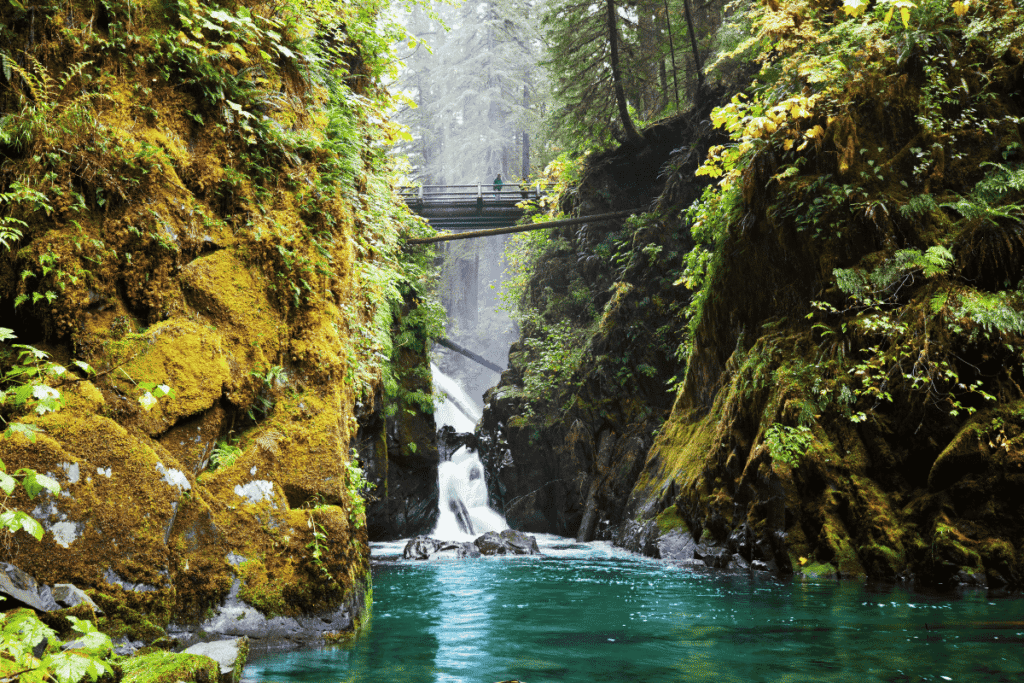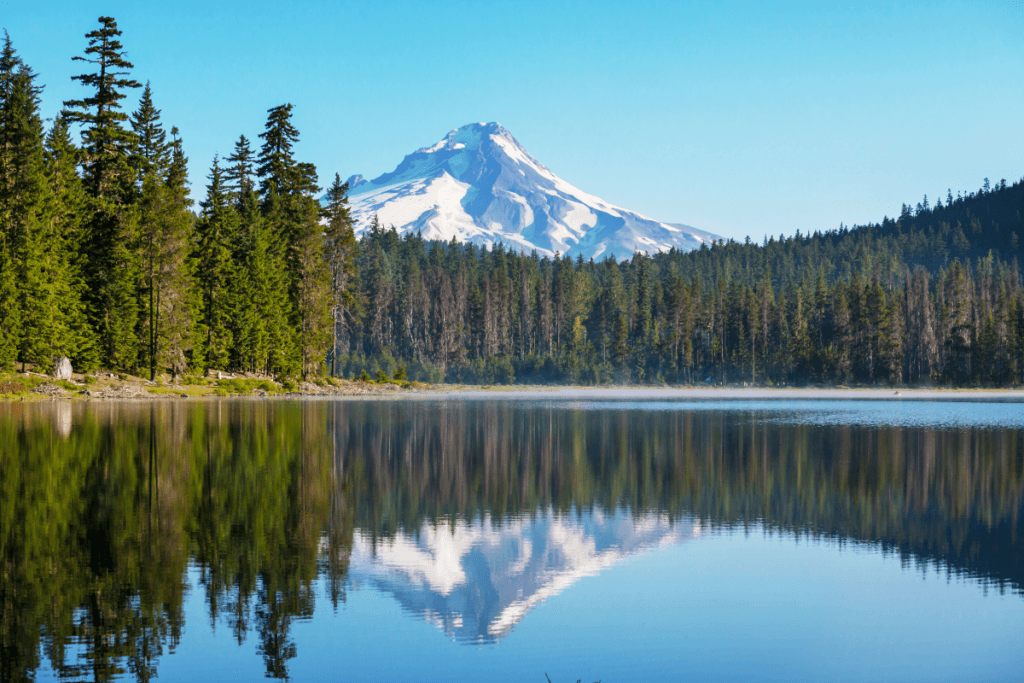Ultimate Guide to Camping in Washington State: Everything You Need to Know
Washington State, with its diverse landscapes ranging from lush forests and majestic mountains to serene coastlines, offers some of the most picturesque camping experiences in the United States. Whether you’re a seasoned camper or a novice looking to explore the great outdoors, this guide will provide you with detailed information on some of the best campgrounds in Washington, including activities, facilities, attractions, and reservation details.
Deception Pass State Park
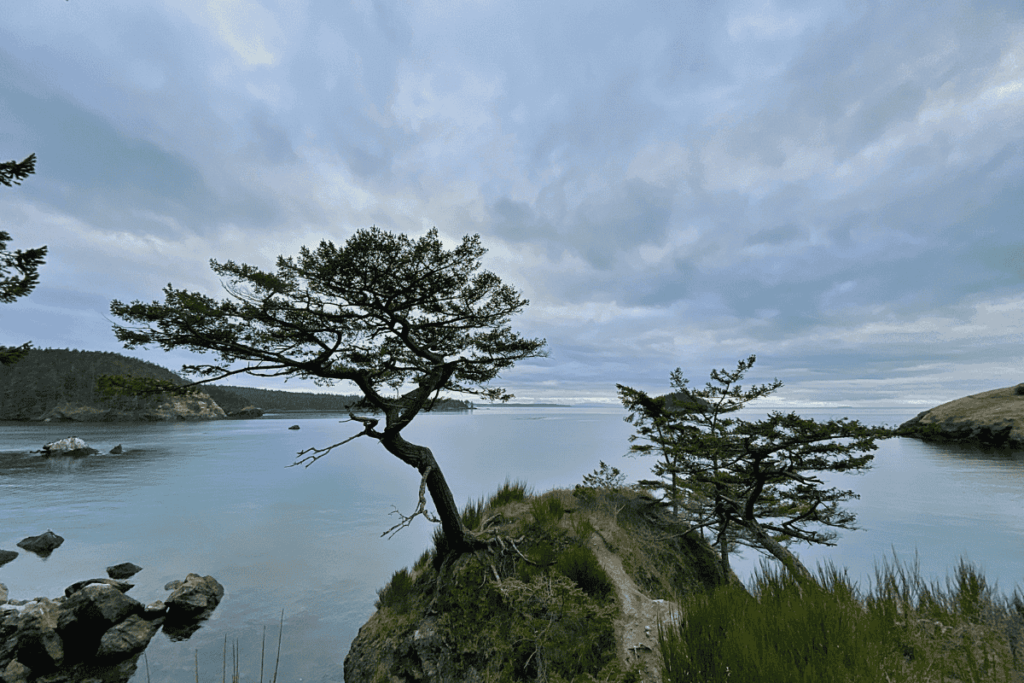
Located on Whidbey Island, Deception Pass State Park is Washington’s most-visited state park, renowned for its stunning views, rugged cliffs, and expansive shoreline. The park’s iconic bridge offers panoramic vistas of the turbulent waters below, making it a favorite among photographers and nature enthusiasts.
- Activities: Hiking, boating, fishing, swimming, and wildlife viewing. The park boasts over 38 miles of trails and 77,000 feet of saltwater shoreline.
- Facilities: Standard campsites, utility campsites, restrooms with showers, and picnic areas.
- Attractions: Deception Pass Bridge, Rosario Beach, and tide pools teeming with marine life.
- Reservations: Campsites can be reserved online through the Washington State Parks reservation system or by calling (888) 226-7688
Kalaloch Campground – Olympic National Park
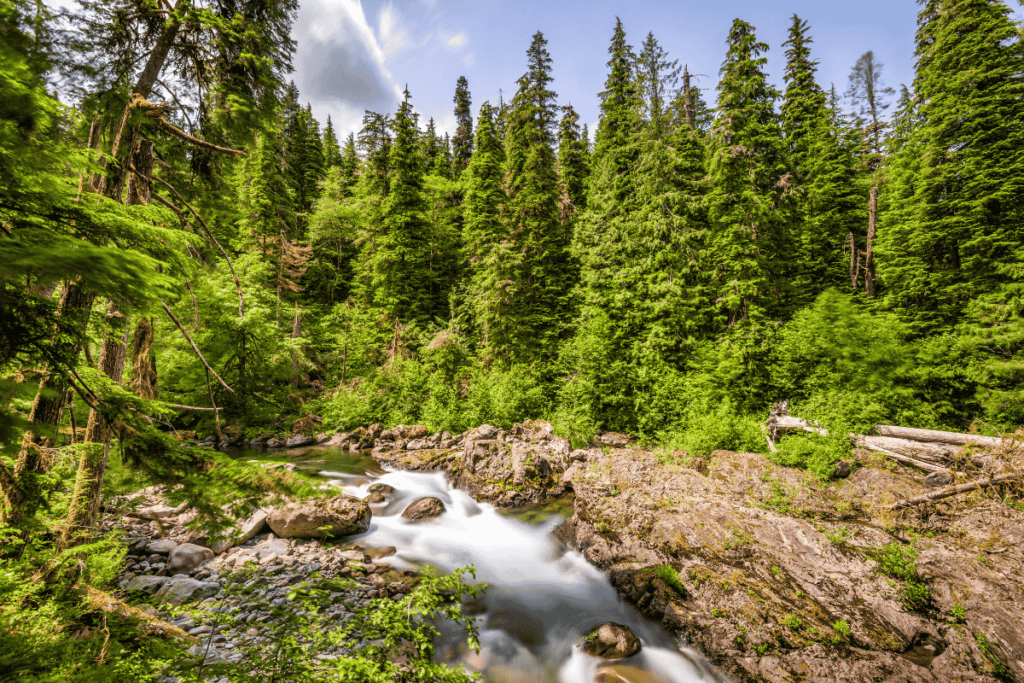
Perched on a bluff overlooking the Pacific Ocean, Kalaloch Campground offers campers a unique coastal experience. The rhythmic sound of waves and breathtaking sunsets make it an ideal spot for relaxation and reflection.
- Activities: Beachcombing, tide pooling, hiking, and bird watching.
- Facilities: Standard campsites, restrooms, potable water, and picnic tables.
- Attractions: Nearby Ruby Beach, known for its sea stacks and driftwood, and the Hoh Rain Forest, a short drive away.
- Reservations: Sites can be booked via Recreation.gov or by calling (877) 444-6777
Ohanapecosh Campground – Mount Rainier National Park

Nestled in an old-growth forest along the Ohanapecosh River, this campground provides a serene setting away from the more crowded areas of Mount Rainier National Park.
- Activities: Hiking, fishing, and attending ranger-led programs.
- Facilities: Standard campsites, restrooms, and amphitheater.
- Attractions: Silver Falls Loop Trail and the Grove of the Patriarchs, featuring ancient trees.
- Reservations: Available through Recreation.gov.
Lake Wenatchee State Park

Situated on the shores of Lake Wenatchee, this park offers a mix of water and mountain activities, making it a versatile destination for campers.
- Activities: Swimming, windsurfing, horseback riding, and hiking. In winter, the park is popular for cross-country skiing and snowshoeing.
- Facilities: Standard and utility campsites, restrooms with showers, and a boat launch.
- Attractions: Stunning views of the lake against a backdrop of the Cascade Mountains.
- Reservations: Campsites can be reserved via the Washington State Parks reservation system
Moran State Park

Located on Orcas Island in the San Juan Islands, Moran State Park is a haven for nature lovers, offering diverse ecosystems and panoramic views.
- Activities: Hiking, biking, swimming, and boating.
- Facilities: Standard campsites, restrooms, and boat rentals.
- Attractions: Mount Constitution, the highest point in the San Juan Islands, offers 360-degree views of the surrounding area.
- Reservations: Sites can be booked through the Washington State Parks reservation system.
Colonial Creek Campground – North Cascades National Park

Set along the shores of Diablo Lake, Colonial Creek Campground provides campers with a tranquil mountain lake experience.
- Activities: Hiking, fishing, kayaking, and wildlife viewing.
- Facilities: Standard campsites, restrooms, and boat launch.
- Attractions: Thunder Knob Trail offers views of Diablo Lake and surrounding peaks.
- Reservations: Some sites are first-come, first-served, while others can be reserved via Recreation.gov.
Grayland Beach State Park
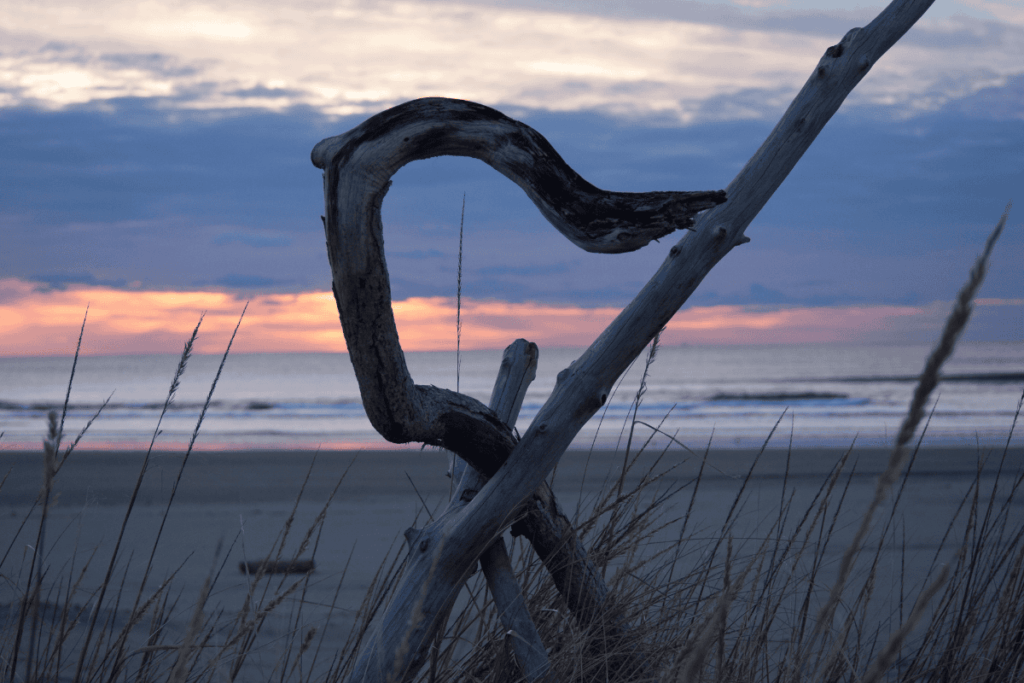
For those seeking a coastal camping experience, Grayland Beach State Park offers direct access to the Pacific Ocean’s sandy shores.
- Activities: Beachcombing, clamming, fishing, and kite flying.
- Facilities: Standard and utility campsites, yurts, restrooms with showers, and picnic areas.
- Attractions: Expansive sandy beaches and proximity to the town of Westport, known for its marina and seafood.
- Reservations: Campsites and yurts can be reserved through the Washington State Parks reservation system.
Smart Tips for Camping in Washington State
Camping in Washington offers jaw-dropping views and memorable experiences — but only if you’re prepared for the state’s unique mix of coastal breezes, alpine chill, and thick forest humidity. Here are some essential, real-world tips to make your trip smoother and safer:
1. Plan Ahead & Book Early
Campgrounds in Washington, especially popular spots like Deception Pass, Kalaloch, and Lake Wenatchee, often get fully booked weeks or even months in advance during peak season (May–September). If you’re planning a summer weekend trip, it’s smart to:
- Reserve as early as possible through the official Washington State Parks or National Park booking platforms.
- Consider shoulder season (late spring or early fall) if you prefer fewer crowds and easier bookings.
- Always double-check campground opening dates — some higher elevation spots open later due to lingering snow.
2. Prepare for All Weather
Washington’s weather can turn on a dime — especially in mountain areas like the Cascades or Olympic Peninsula. You might wake up to sunshine and fall asleep to pouring rain. Be sure to:
- Pack layered clothing: think moisture-wicking base layers, warm fleece or wool mid-layers, and a reliable waterproof outer shell.
- Bring extra socks and a dry change of clothes for emergencies.
- Use a ground tarp under your tent and rainfly above to stay dry and warm.
3. Wildlife Awareness Is a Must
Bears, raccoons, deer, and even mountain goats roam Washington’s wild spaces. Keep yourself and the animals safe by:
- Storing food in bear-proof containers or hanging it from a tree at backcountry sites.
- Never leaving trash, food scraps, or scented items (like toothpaste) in your tent.
- Making noise when hiking in more remote areas to avoid surprising wildlife.
4. Understand Campfire Rules
Wildfire risk in Washington is serious, especially east of the Cascades and during late summer. To stay safe:
- Check current fire restrictions before your trip, as open flames may be banned.
- Always use designated fire rings where allowed.
- Never leave a fire unattended, and fully extinguish it with water and dirt before leaving the site.
5. Follow Leave No Trace Principles
Washington’s natural beauty depends on every camper doing their part to protect it. Follow these core practices:
- Pack out everything you bring in — including trash, leftover food, and pet waste.
- Stay on established trails and campsites to prevent erosion.
- Be considerate of other campers and keep noise levels low.
For even more practical hacks and time-saving tips to level up your camping game: Camping Hacks: 15 Simple Tips to Make Your Trip Easier
Best Time to Go Camping in Washington
Washington offers year-round camping, but the best time to go really depends on the type of experience you want:
- Spring (April–June): Great for waterfalls, wildflowers, and fewer crowds.
- Summer (July–September): Ideal weather, access to high-elevation trails, and long daylight hours.
- Fall (October–November): Beautiful foliage and crisp weather, but some campgrounds may close.
- Winter (December–March): Popular in snow parks and at year-round campgrounds like Lake Wenatchee for snowshoeing and cross-country skiing.
Essential Gear Checklist
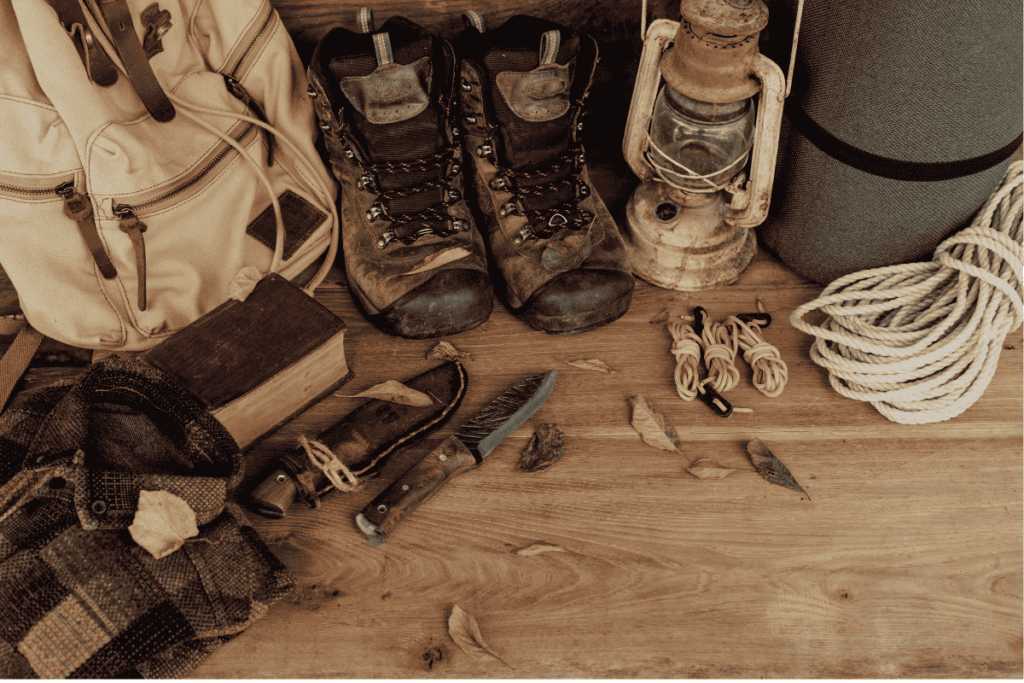
To help you plan your adventure, here’s a handy list of what to pack for camping in Washington — plus why each item matters:
- Tent (with rainfly and footprint)
Your main shelter — protects you from rain, wind, and cold forest floors. - Sleeping bag (temperature-rated for your location/season)
Keeps you warm at night, especially during chilly mountain or coastal evenings. - Sleeping pad or air mattress
Adds comfort and insulation from the often cold, damp ground. - Camp stove or portable grill
Essential for cooking meals when campfires aren’t allowed or practical. - Food storage (bear-proof container or cooler)
Prevents unwanted wildlife encounters and keeps food fresh. - Headlamp/lantern
Lights your way around camp after dark — much safer than relying on your phone. - First-aid kit
For treating cuts, burns, blisters, and minor injuries out in the wild. - Water bottles or hydration system
Staying hydrated is key, especially while hiking or during warm summer days. - Warm layers and rain gear
Washington weather can change fast — layering keeps you comfortable and dry. - Bug spray and sunscreen
Protects you from both mosquitoes in the forest and UV rays in open areas. - Navigation tools (map, compass, GPS)
Critical for trail safety — especially where cell service is unreliable. - Camp chairs/table
Adds comfort and functionality for meals, games, or relaxing by the fire. - Trash bags (pack out what you pack in!)
Helps you leave no trace and keep campsites clean for others.
Final Thoughts
Camping in Washington is more than just an outdoor activity—it’s a gateway to breathtaking beauty, unforgettable adventures, and reconnection with nature. Whether you’re exploring the tidepools of Kalaloch, the alpine lakes of the North Cascades, or the ancient trees of Olympic National Park, Washington offers something for every camper.
With well-maintained facilities, diverse environments, and an abundance of wildlife, it’s no wonder that so many adventurers return to Washington year after year. Plan ahead, be prepared, and embrace the magic that the Evergreen State has to offer.
Visit Tenting Tribe to learn more about camping in the wilds.
Social Media
Recent Posts
-

Ultimate Guide to Camping in Olympic National Park, Washington: Everything You Need to Know
-

Ultimate Guide to Camping in Washington State: Everything You Need to Know
-
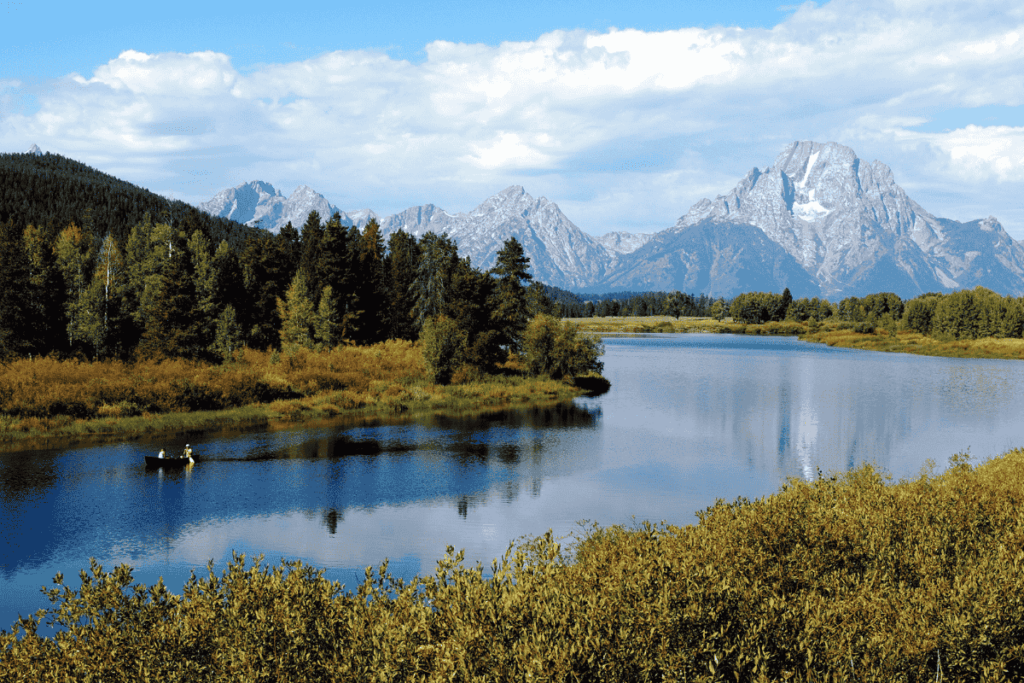
Discover Wyoming's Top Camping Destinations: A Comprehensive Guide
-

Ultimate Guide to Camping in Hot Springs, Arkansas: Top Campgrounds and Tips
-

The Ultimate Guide to Camping in Acadia National Park, Maine: Everything You Need to Know
-

Discover Montana's Hidden Gems: Top Dispersed Camping Locations
-

Camping with Dogs: Rules and Tips for a Safe Trip
-

Best Secluded Camping Spots in Oregon: Hidden Gems for Tranquility
-

Discover the Best Family-Friendly Campgrounds in Pennsylvania: Your Ultimate Guide to Unforgettable Outdoor Adventures
-

Camping Near Waterfalls: Best Spots in Tennessee

